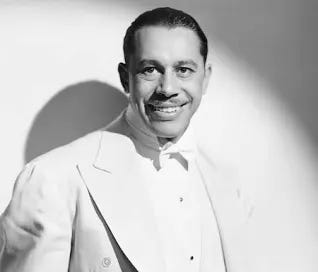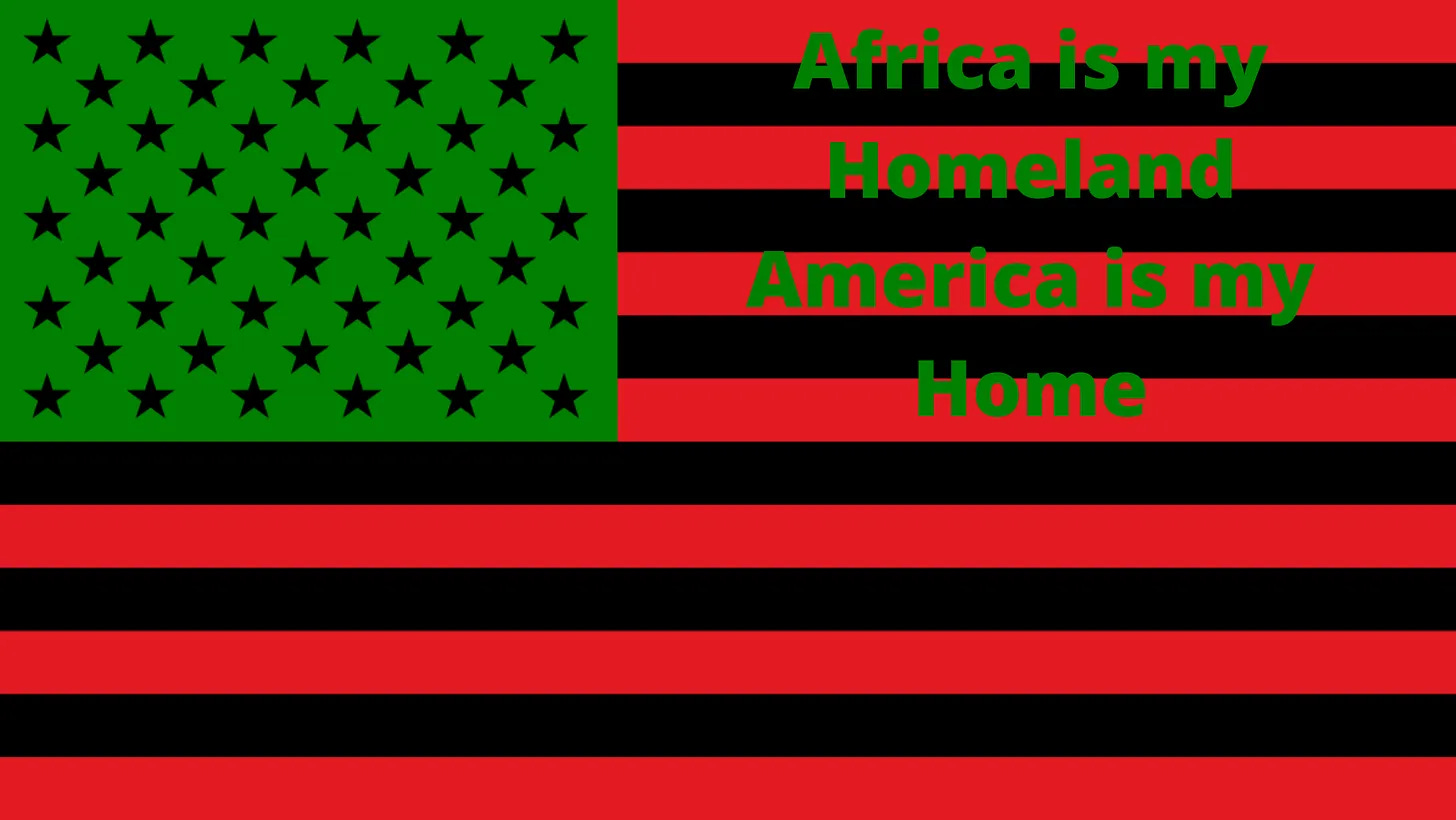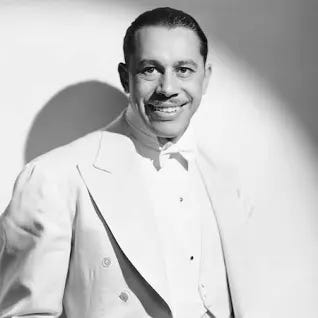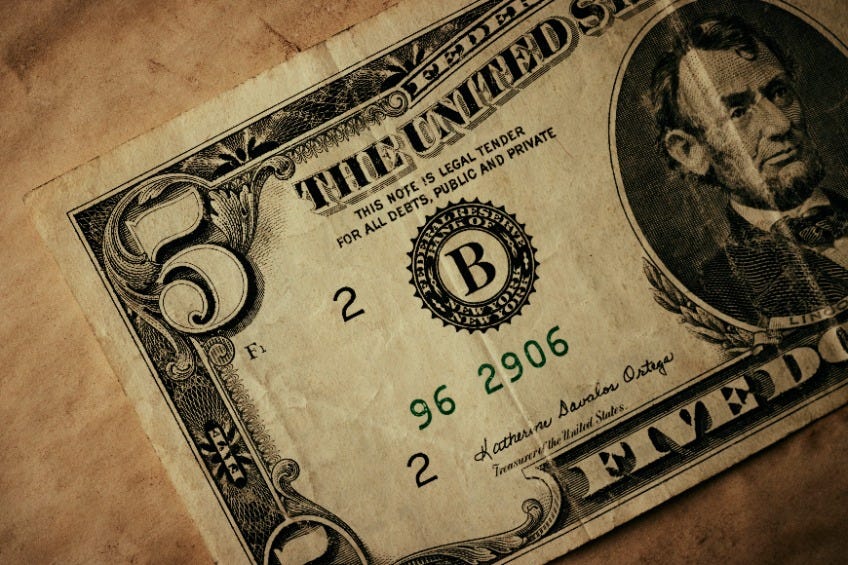Today In Black History: Cab Calloway
Famous jazz singer, band leader, dancer, and actor during the "golden years" of the Black Big Band Era and beyond
Issue #618 Today In Black History, Wednesday, May 29, 2024
Please share and subscribe to help us grow this publication.
If you like us, REALLY like us, please click the “Like” button at the end of this post!
Also, please scroll to the end of this post for other ways to financially support us and We Are Speaking with our books and courses.
We appreciate your support!
Today’s Black History WOW!
Photo Credit: Billboard
Cabell Calloway III was born in Rochester, New York, on December 25, 1907. His mother, Martha Eulalia Reed, was a Morgan State College graduate, teacher, and church organist. His father, Cabell Calloway Jr., graduated from Lincoln University of Pennsylvania in 1898 and worked as a lawyer and in real estate. The family moved to Baltimore, Maryland, in 1919. Soon after, his father died.
Calloway grew up in the West Baltimore neighborhood of Druid Hill. He often skipped school to earn money by selling newspapers, shining shoes, and cooling down horses at the Pimlico racetrack where he developed an interest in racing and gambling on horse races.
Calloway began private vocal lessons in 1922 and studied music throughout his formal schooling. Despite his parents' and teachers' disapproval of jazz, he began performing in nightclubs in Baltimore. His mentors included drummer Chick Webb and pianist Johnny Jones. He graduated from Frederick Douglass High School in 1925.
In 1927, Calloway joined his older sister, Blanche Calloway, on tour for the popular black musical revue Plantation Days. His sister became an accomplished bandleader before him, and he often credited her as his inspiration for entering show business. Calloway's mother wanted him to be a lawyer like his father, but he was more interested in singing and entertaining.
Calloway spent most of his nights at Chicago's Dreamland Café, Sunset Cafe, and Club Berlin, performing as a singer, drummer, and master of ceremonies. At Sunset Cafe, he met and performed with Louis Armstrong, who taught him to sing in the scat style. In 1929, Calloway relocated to New York with the band. He established himself as a vocalist singing "Ain't Misbehavin'" by Fats Waller.
In 1930, Calloway's group became known as Cab Calloway and His Orchestra. At the Cotton Club in Harlem, New York, the band was hired in 1931 to substitute for the Duke Ellington Orchestra, and their popularity led to a permanent position. The band also performed twice a week for radio broadcasts on NBC. Calloway appeared on radio programs with Walter Winchell and Bing Crosby and was the first African American to have a nationally syndicated radio show. During the depths of the Great Depression, Calloway was earning $50,000 a year at 23 years old.
In 1931, Calloway recorded his most famous song, "Minnie the Moocher." It was the first single record by an African American to sell a million copies. It was during this time that Cab Calloway earned the nickname, the “Hi-De-Hi-De Ho” man, from the “scat” insertion in his songs.
Calloway performed the song and two others, in the Betty Boop cartoons Minnie the Moocher (1932), Snow White (1933), and The Old Man of the Mountain (1933). Calloway performed voice-over for these cartoons, his dance steps were the basis of the characters' movements.
As a result of the success of "Minnie the Moocher", Calloway became identified with its chorus, gaining the nickname "The Hi De Ho Man". Calloway's and Ellington's groups were featured on film more than any other jazz orchestras of the era. In these films, Calloway can be seen performing a gliding backstep dance move, which some observers have described as the precursor to Michael Jackson's moonwalk.
His renown as a talented musician was such that, in the opening scene of the 1940 musical film Strike Up the Band, starring Mickey Rooney and Judy Garland, Rooney's character is admonished by his music teacher, "You are not Cab Calloway," after playing an improvised drum riff in the middle of a band lesson.
In 1943, Calloway appeared in the film Stormy Weather, one of the first mainstream Hollywood films with a black cast. The film featured other top performers of the time, including Bill "Bojangles" Robinson, Lena Horne, the Nicholas Brothers, and Fats Waller.
Calloway was cast as "Yeller" in the film The Cincinnati Kid (1965) with Steve McQueen, Ann-Margret, and Edward G. Robinson. Calloway appeared on The Ed Sullivan Show on March 19, 1967, with his daughter Chris Calloway. In 1967, he co-starred with Pearl Bailey as Horace Vandergelder in an all-black cast of Hello, Dolly! on Broadway during its original run.
Calloway was introduced to a new generation when he appeared in the 1980 film The Blues Brothers performing "Minnie the Moocher".
In 1990, Calloway made a cameo in Janet Jackson's music video "Alright". He continued to perform at Jazz festivals, including the New Orleans Jazz & Heritage Festival.
Cab Calloway died from pneumonia on November 18, 1994, at the age of 86, at a nursing home.
Cab Calloway was inducted into the National Rhythm & Blues Hall of Fame, the International Jazz Hall of Fame, and the Grammy Hall of Fame. He received the Grammy Lifetime Achievement Award, and “Minnie the Moocher” was added to the Library of Congress National Recording Registry.
Today In Black History
In 1851, Sojourner Truth delivered her “Ain’t I A Woman” speech to the Ohio Women’s Rights Convention.
In 1865, less than two months after the assassination of Abraham Lincoln and one month after the official end of the Civil War, President Andrew Jackson announced his program of Reconstruction. The program required ratification of the 13th Amendment but did not guarantee Black suffrage.
In 1973, Thomas Bradley became the first Black elected mayor of Los Angeles.
In 1980, Vernon Jordan, Jr., president of the National Urban League, was seriously injured during an assassination attempt.
Our paid subscribers are encouraged to discuss this post in our W.A.S. Chat Community.
You are also welcome to view “We Are Speaking” in Substack Notes. You can also read other Substack publications without subscribing to them when you join Notes.
This post is free to read. To have access 365/24/7 to our full archive, comment on our posts, and financially support “We Are Speaking” for no more than $5 per month, please subscribe at the paid level.








